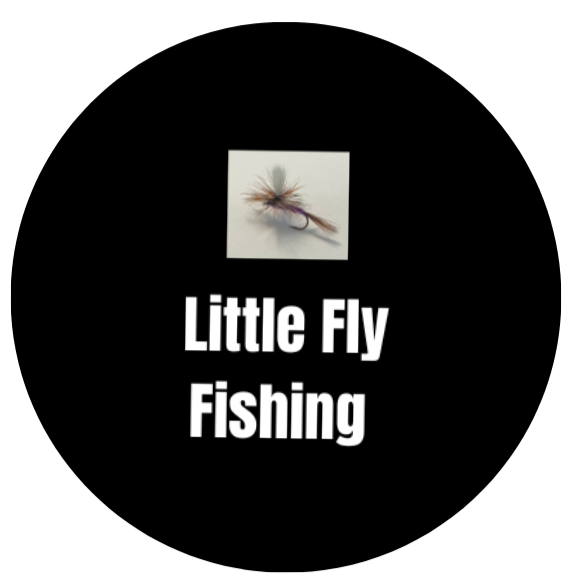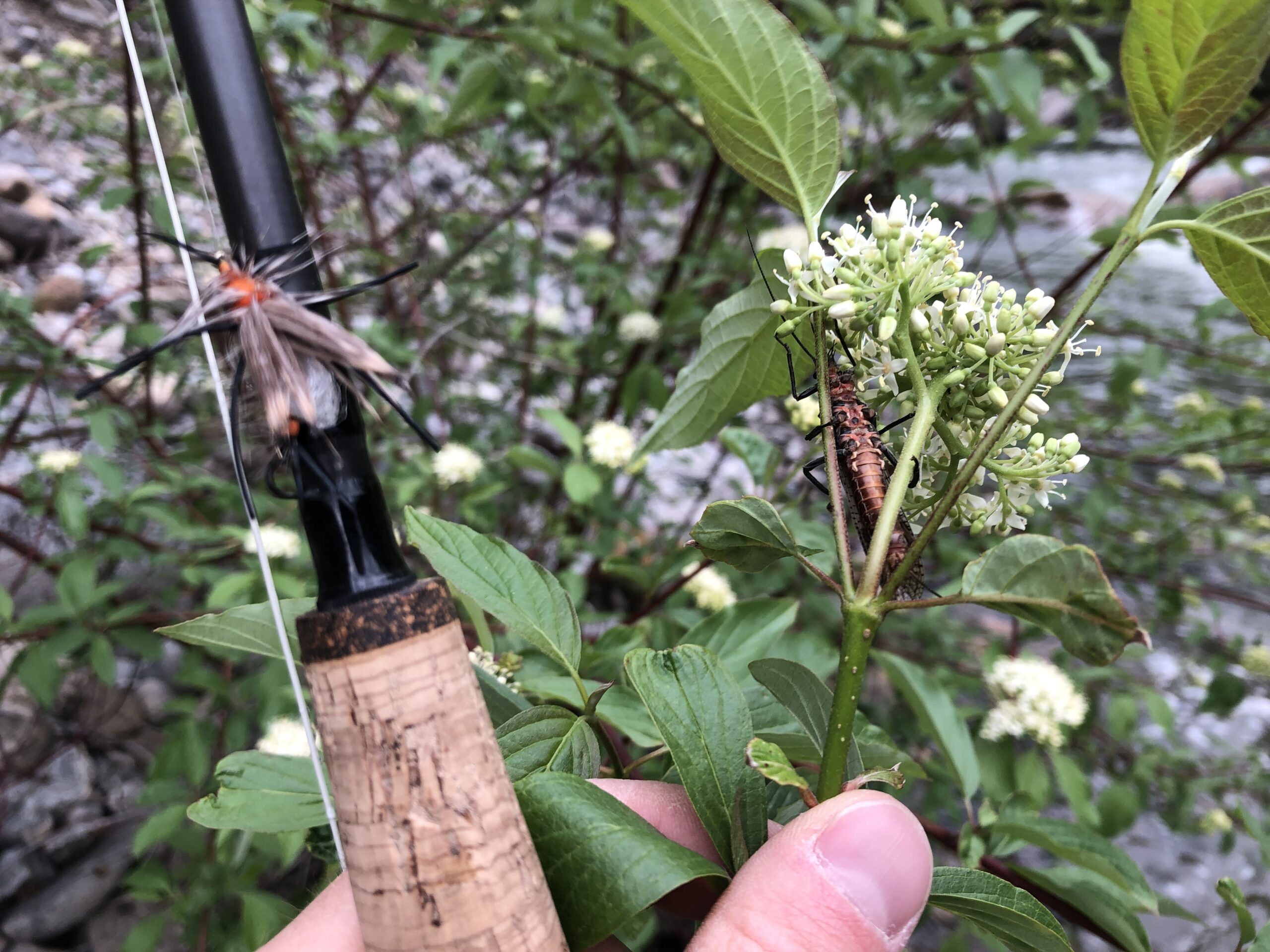Trout eat lots of insects. By learning about the different types of insects they eat and when they eat them you can catch more fish. Let’s start with some of the basics. The insects trout eat can be divided into two main groups called terrestrial insects and aquatic insects. As you probably guessed based on their names, terrestrial insects live on land and aquatic insects spend part (or all) of their life in the water.
Aquatic Insects Trout Like To Eat
The most important groups of aquatic insects to know are mayflies, stoneflies, and caddisflies (for the insect nerds out there… aka the orders Ephemeroptera, Plecoptera, and Trichoptera).
Mayflies (Ephemeroptera)
Mayflies are a staple in a trout’s diet and mayfly patterns are popular among fly fishermen. Trout key in on mayflies at various life stages, from nymphs to duns and spinners. A mayfly starts its life as an egg laid in the water which hatches into a nymph. Mayfly nymphs spend one to several years living in the water. Then they make their way to the surface and emerge from their shuck as an adult (called a dun). Adult mayflies usually only live for a few days before mating and falling back into the water (now called a spinner). Mayflies are particularly vulnerable to fish predation when they swim to the surface to emerge as an adult. Emerger and cripple patterns can be very effective.
Popular general mayfly patterns:
Adult – Adams
Nymph – Hares Ear
Stoneflies (Plecoptera)
Stoneflies are another trout favorite. Both nymphs and adults can provide nutritious meals for trout because of their large size. The nymphs typically crawl out of the water onto rocks or vegetation to emerge from their nymphal exoskeleton as adults. If you see nymph exoskeletons on rocks try gently shaking streamside vegetation. If there are adult stoneflies around they will fly or fall into the water.
Popular general stonefly patterns:
Adult – Chubby Chernobyl, Stimulator
Nymph – Pat’s Rubber Legs
Caddisflies (Trichoptera)
Caddisflies are another essential insect food for trout. Their lifecycle is similar to a butterfly in that they have a larval stage, pupal stage, and adult stage. The larvae of some caddisfly species construct protective cases that can be quite unique and beautiful. Some people even make jewelry out of them. Once a caddisflies larva has grown large enough it transitions into a pupae. This is when the caddisfly develops wings, air breathing organs, and reproductive organs. Once the change is complete it swims to the surface and takes flight.
Popular general caddisfly patterns:
Adult – Elk Hair Caddis
Larva – Caddis Larva
True Flies (Diptera)
Diptera includes various insects like midges, black flies, and crane flies. True flies also have three main life stages: larvae, pupae, and adult. Midges are probably the most important Dipteran for the trout fisherman to know. Midges can be found year-round, making them a reliable food source. You can even get some dry fly fishing in the winter thanks to midges.
Popular general midge patterns:
Adult – Griffith’s Gnat
Larva – Zebra Midge
Other Important Orders
Scuds (Amphipoda), and Sowbugs (Isopada) can be important food sources in some rivers and lakes too.
Terrestrial Insects Trout Like To Eat
Terrestrial insects are generally not as available to trout because they live on land. However, during some times of the year terrestrial insects can make up a huge part of a trout’s diet. The most important groups of terrestrial insects for fisherman to know are Hymenoptera, Orthoptera, Coleoptera.
Ants, Bees, and Wasps (Hymenoptera)
If I had to choose only one fly for cutthroat fishing in mid to late summer it would be an ant pattern. Trout can really key in on ants in late summer especially during mid-day when there are no hatches. I like foam patterns because they still float after catching multiple fish. I also like flying ant patterns mostly because the wings make the fly easier to see from a distance.
Grasshoppers and Crickets (Orthoptera)
In late summer and early fall, grasshoppers and crickets become a prominent food source for trout, especially in areas where these insects are abundant near the water’s edge. Rivers or lakes with grassy banks can provide great hopper fishing days. Strong winds can knock naturals in the water and really get fish looking up. I like to fish foam patterns as opposed to deer hair because they keep floating after multiple hook ups.
Beetles (Coleoptera)
Beetles can be an important component of a trout’s diet too. These insects, in their larval and adult stages, can be found in and around the water. They often become the target of trout when they accidentally fall into the water.
Final Thoughts
It’s important to note that the relative importance of these insect orders in a trout’s diet can vary by region, season, and specific water conditions. Successful trout fishing often depends on understanding the local insect life and matching your fly patterns to what the trout are actively feeding on. So next time you are out fishing flip over some rocks, shake some brush, and study what’s floating by. Take some pictures if there are bugs you don’t recognize. Paying attention to and learning about insects will make you a more successful fisherman.
LittleFlyFishing.com is reader supported. If you click a product link and make a purchase, I may earn a commission, which helps support this site and motivates me to continue to create and improve the content.

